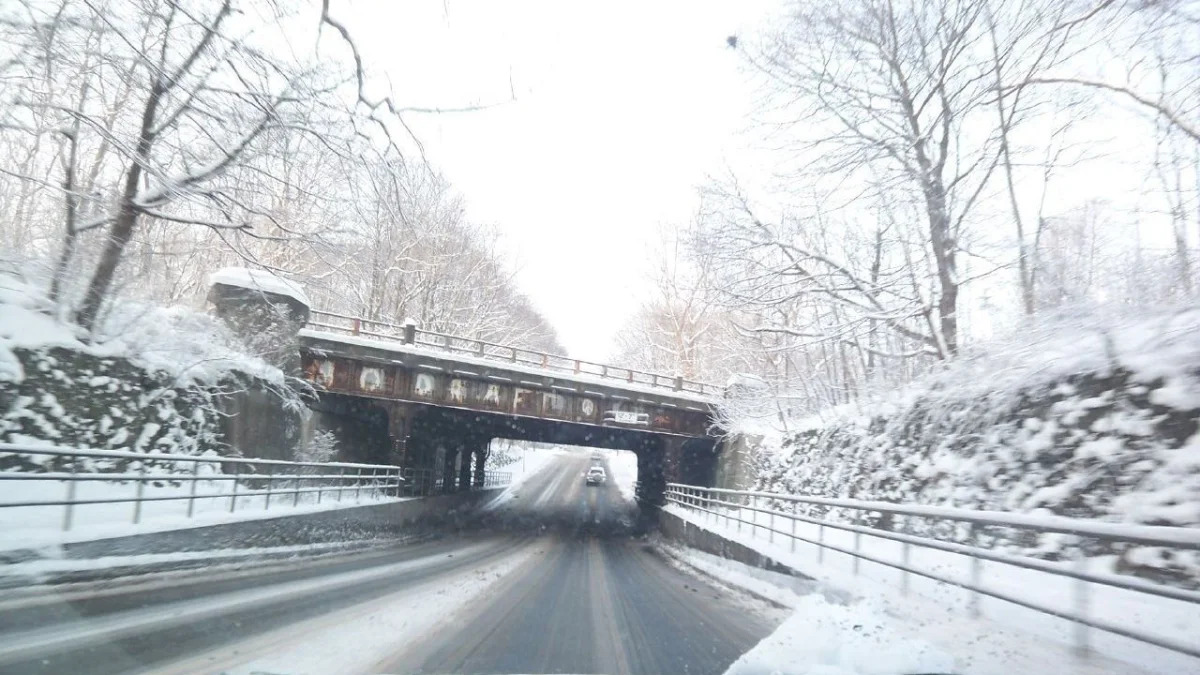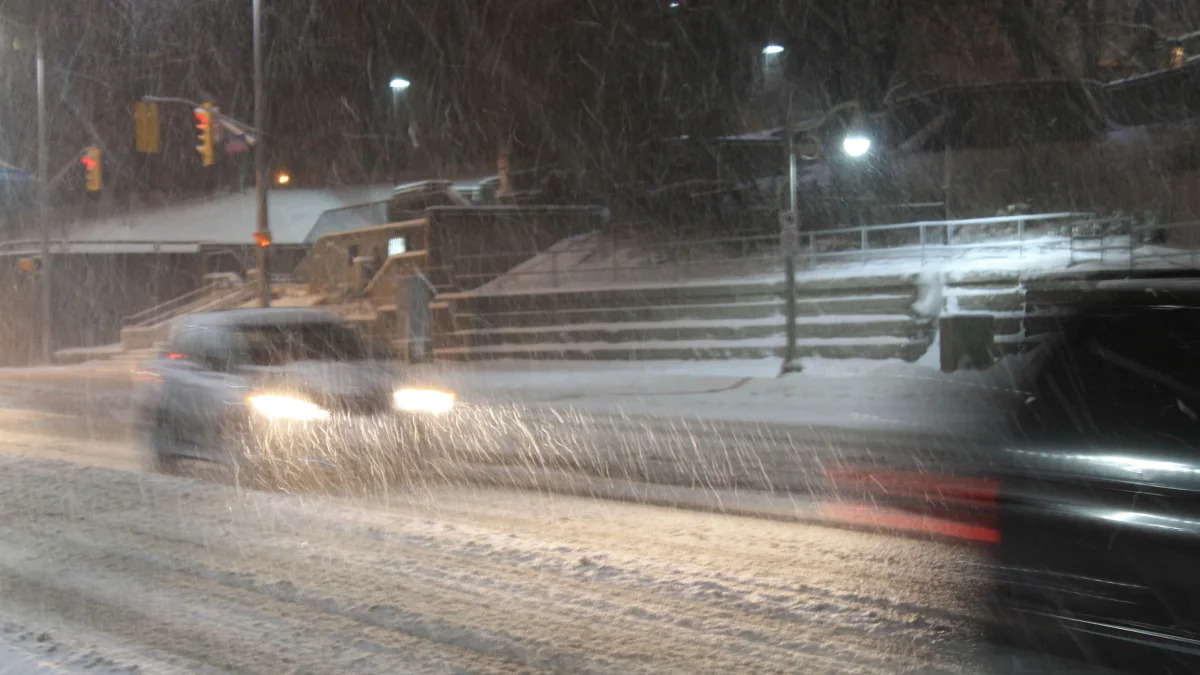How To Drive Through Winter Weather
Jan 3, 2014

-

- Image Credit: Flickr
Introduction
Nothing causes white-knuckle driving faster than a freeway freshly coated in powder. It seems every winter the skies open up, and this year is no exception.
Mark Cox is the Director of the Bridgestone Winter Driving School in Steamboat Springs, Colo., and an expert on winter driving. He gave AOL Autos his best advice for navigating with the miserable weather during the holidays. -
- Image Credit: Flickr
Do One Thing At A Time
The best way to avoid a crash on wintery roads? Always stay in control.
"When you're driving on a slippery surface, there's limited traction or grip available for you as a driver to use" Cox said. "You want to be 100 percent effective in each thing that you choose to do."
That means slowing down and driving one step at a time. On snowy roads, braking or accelerating while steering causes tires to split their gripping between two actions, making the tires less effective and causing a slide. While turning, roll into the turn without touching the gas or brake. Once the car straightens out of the turn, it's safe to accelerate. -
- Image Credit: Flickr
Control The Skid
If you do begin to skid out of control, don't panic. There are two different types of skids drivers should look out for. The first is a warning sign of potentially worse spin outs.
"If you're driving down the road and feel a little giggle or slide, you're driving too fast for the conditions," Cox said. Simply ease off the gas or ease onto the brakes.
The second is the more serious skid that sends cars rocketing past the stop sign or intended turn. This scary occurrence is known as a front-wheel skid. If you're braking and steering (remember that you shouldn't be doing two things at once), take your foot off the brake and at the same time turn the steering wheel slightly into the skid. Though it feels counter-intuitive, this maneuver will allow the wheels on your car to start rolling more freely and allow tires to realign their grip, at which point you can begin to steer more effectively. -
- Image Credit: Flickr
Be Aware Of Conditions
Speed in a snowstorm is based on a variety of factors. Your ability as a driver, how much traffic there is, what type of tires your car has, whether it's a high or low center of gravity vehicle, and whether it's day or night can all affect your speed. Driving too fast or slow is a hazard not only to yourself but to other drivers. Driving too fast can cause cars to skid out of control. Other drivers could take unnecessary risks to navigate around a driver who is creeping along.
Drivers overwhelmed by driving conditions might panic and make a serious mistake and should get off the road. Take an exit ramp or pull into a parking lot. If this isn't possible and you do end up on the side of the road, keep your seatbelt buckled as another driver may lose control and hit your car. Remember: If you can't see on the road, other drivers can't see either. -
- Image Credit: Flickr
Prepare Your Car To Handle The Elements



